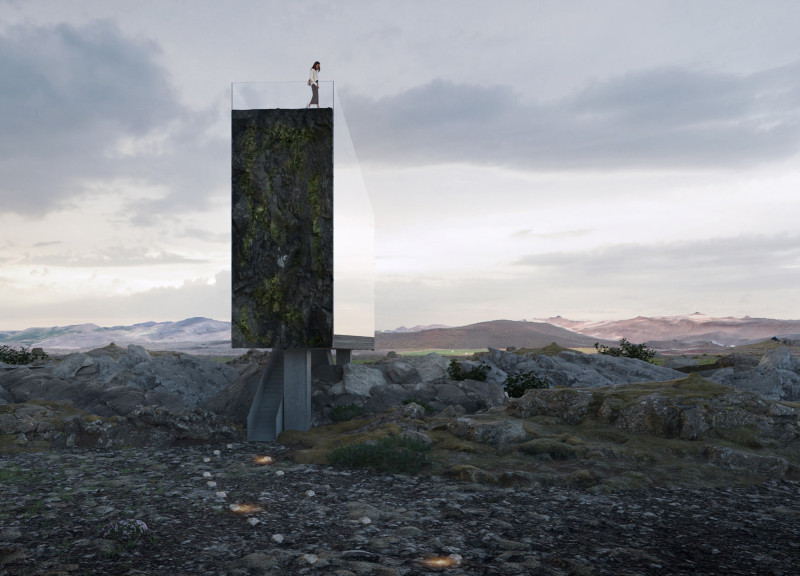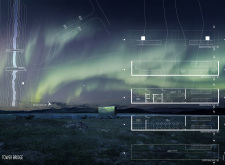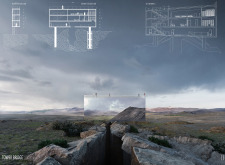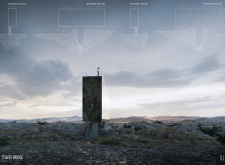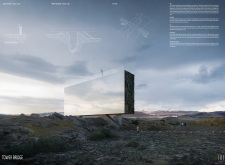5 key facts about this project
Tower Bridge is a significant construction that connects the continents of America and Europe. It is situated in a distinctive geographical area, aiming to merge functionality with a design that considers the environmental surroundings. The main idea behind the project is to create a physical link between two landmasses, offering spaces for exhibitions, dining, and observation while encouraging public interaction with the scenery.
Architectural Concept
The structure features a layered design that separates various functional areas. The lowest level acts as an open connection, showcasing exhibitions and providing information about the two continents. This tier invites visitors to engage with educational materials while physically linking the areas. The second floor includes essential facilities such as restrooms, office space, and a waiting area for tourists. This design creates a welcoming environment. On the third level, a café allows visitors to relax and socialize. At the top, the observation terrace provides expansive views of the surroundings, enhancing the overall experience.
Materiality and Sustainability
Materials and sustainable practices are essential aspects of the design. The building incorporates highly reflective glass on its longer elevations, which helps it blend into the environment by reflecting the natural beauty around it. This approach minimizes the visual impact of the construction. The sides of the building are made of natural lava rock, offering a textured surface that connects the structure to its geographical context. As for sustainability, the design includes a rainwater and meltwater tank located beneath the building to facilitate water reuse. Geothermal energy systems are also employed, providing efficient heating and electricity.
Engineering and Technological Features
The engineering behind Tower Bridge carefully addresses concerns related to geological activity. Special foundations are built within a reinforced concrete tub to accommodate potential movements. A notable feature is the hydraulic clamps that automatically react to seismic activity, allowing the building to stay stable during tectonic shifts. This attention to structural safety shows the project's commitment to durability and resilience.
Pedestrian Experience and Integration
Pathways designed as footbridges enhance the experience for users and emphasize the theme of connecting with nature. These paths function as walkways and as viewing platforms, inviting visitors to appreciate their surroundings. The sidewalks are made with loosely arranged white stones and small lights, which accentuate the integration with the natural landscape. Such design details enhance the overall experience and express the intent to blend functionality with a connection to the environment.


